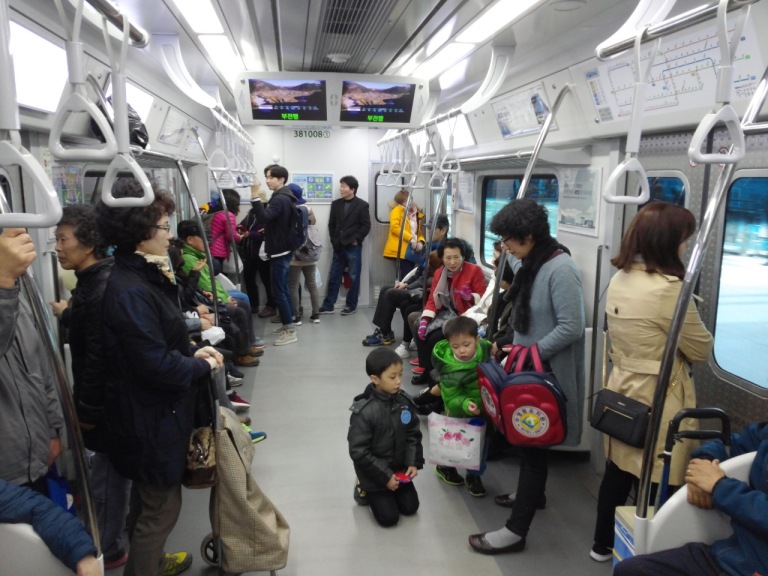
Perhaps I have an outsized interest in the Busan metro system.
To call it a “subway” would be somewhat incorrect, although that’s what I usually say. Even for the Busan-Gimhae Lightrail Transit, which is entirely aboveground. To call it “sub”way is to imply it is “sub,” or underground. Even some parts of the Busan Transportation Corporation system could not technically be called subways, since they are above ground. On the orange line, line 1, the train goes aboveground from 125 at Dongnae Station, through 130 at Guseo, then back underground for its remainder. Likewise, the green line, line 2, goes aboveground as it approaches neighboring Yangsan in the north. Line 4, the blue line, also spends some of its time above ground, and even ground level. One could not consider a ground level train as a subway, could they?
Perhaps I have an outsized interest in the Busan metro system.
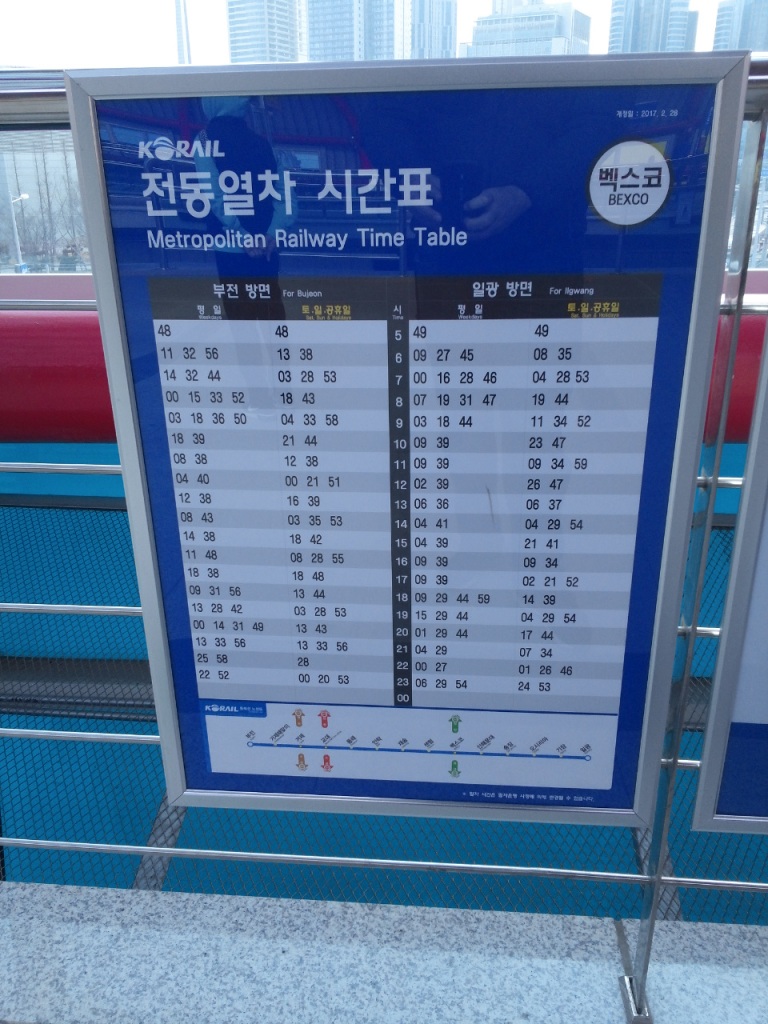
Thus, it was with great interest that I first heard about the “Donghae” line over a year ago. Living in Gimhae at the time, I did not often spy the ongoing construction of the additional rails, which currently begin at Bujeon Station (the train station, not to be confused with the subway line. See, here I can call it the “subway” since it’s underground) and head east, cutting through parts of line 3, the brown line, line 1 and line 2, then head north into Gijang County, to parts that are as yet untouched by Busan’s 32-year-old metro system. The line officially opened for service at the end of 2016.
The Donghae Line (which, confusingly, is depicted in a shade of blue very similar to line 4, which debuted in 2011) is actually part of what was known as the greater Donghae-Nambu train line, which has connected Busan to Pohang for almost 100 years. The whole thing is rather confusing, since the current Donghae Line that serves Busan finishes north in Ilgwang, home to one of the city’s less widely known beaches. That is the part we’re going to concern ourselves with today.
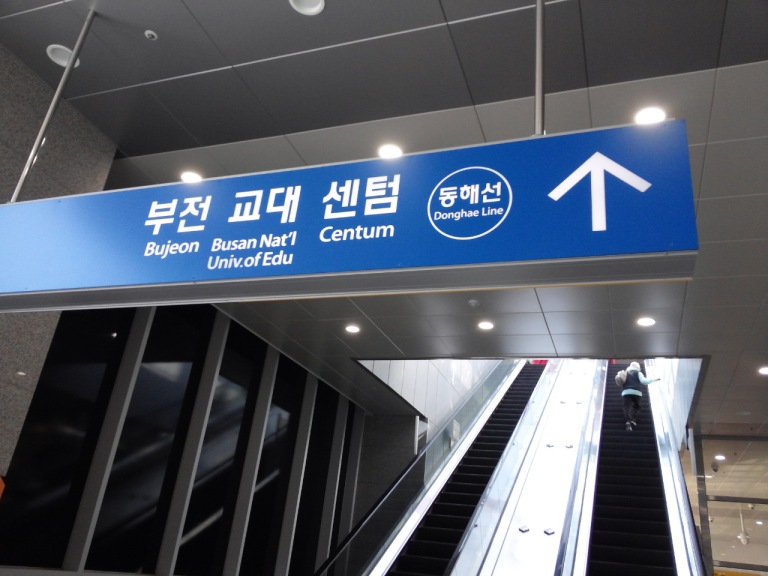
The Donghae Line is not technically part of the Busan Metro system, as it’s not operated by the Busan Transportation Corporation. So, instead of the 101, 102, 103 of that system’s stations, the Donghae Line operates under Korail’s K110, K111 system. Is this useful information? I’m not sure after writing the above paragraph, but use it if you can. It shows up in all informational materials as being part of the whole transit system, like the Busan-Gimhae Lightrail Transit, so we might as well just call it as such. Also like the Busan-Gimhae Lightrail Transit, transfers are possible from the Busan Metro. You need to scan out and in to the separate transit ecosystem, however, unlike transfers between metro lines, which do not require an additional scan.
For my maiden voyage on the Donghae Line, I transferred at BEXCO, 205 on line 2, which is presently one of three stations where direct transfers from the metro to Donghae is possible (the other two are at Busan National University of Education, 124 on line 1, and Geoje, 306 on line 3). From there, I followed the easy-to-navigate signage on the walls and floor to a new set of turnstyles that take passengers exclusively to the new BEXCO Donghae station via a pair of long, long airport style moving sidewalks and a long escalator.
As expected, the new station was clean and bright. Nothing super fancy, but all very easy to navigate. What was more impressive was the platform, where copious amounts of light flowed into its partially open-air expanse. Dramatic red metal curved above the train’s tracks, as people waited for their trains to arrive.
And, be prepared to potentially wait. While its DNA might be similar to a metro system, it’s still its own beast. During rush hour, trains will arrive about every 15 minutes. Other times, such as when I went around 3pm, trains come about every half hour. So, be smart and figure out when the trains come and go, just like if you were taking any other regular, non-metro train. Or, chill out and people watch, as I did.
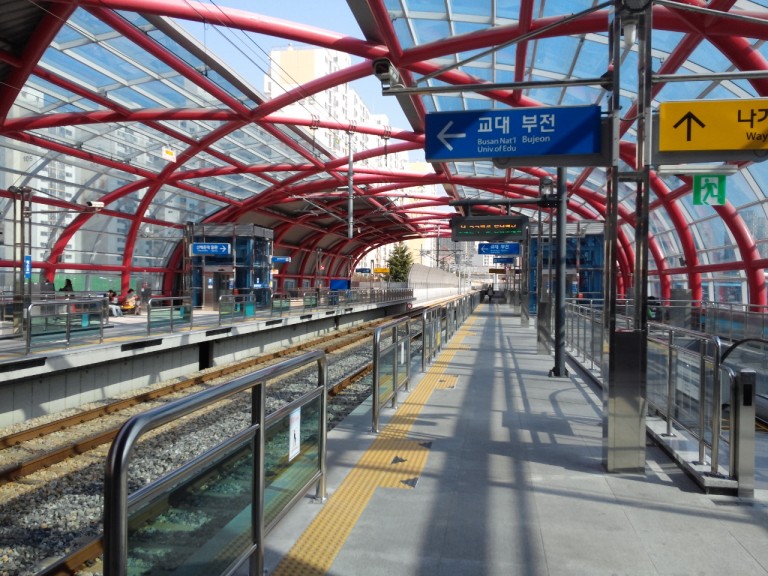
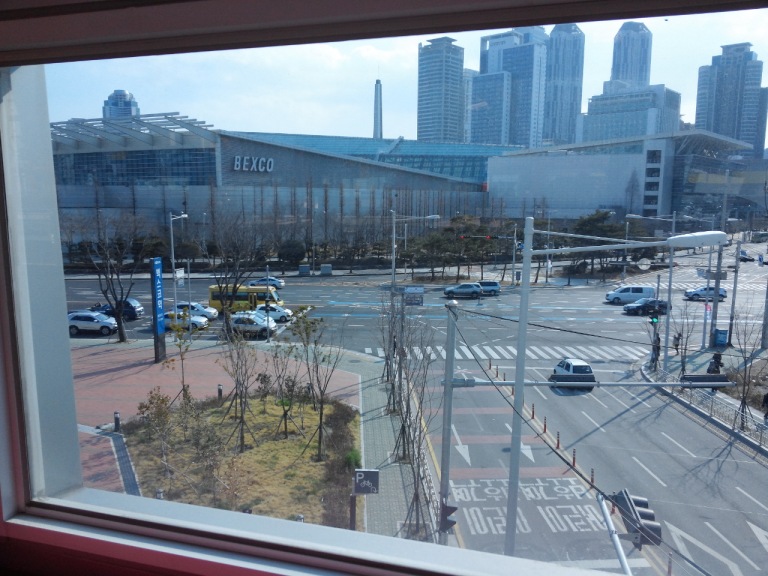
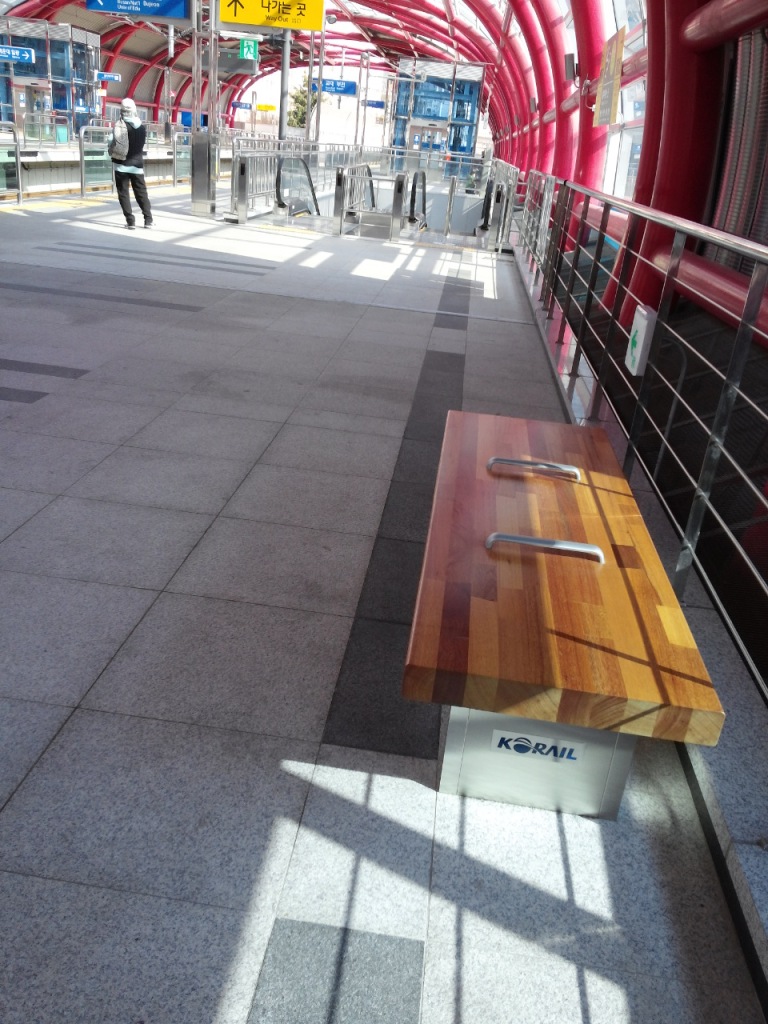

A fun, soft little melody played out as our train came into the station that reminded me of some of the fun little tunes I would hear waiting for trains in Japan. Then, we all hopped aboard what can easily be mistaken for line 5 of the Busan Metro (another line altogether, which is currently scheduled to open in 2021).
Unlike your average train that has rows of seating, the Donghae line’s trains are set up identically to those on the Busan Metro and Busan-Gimhae Lightrail Transit. Like BG Metro, this line is all aboveground (save for Sinhaeundae, which is listed as partially underground and which I have yet to pass through). But, other than that, I think it’s perfectly suitable to lump this in with the five other lines that are presently serving South Korea’s second-largest city.
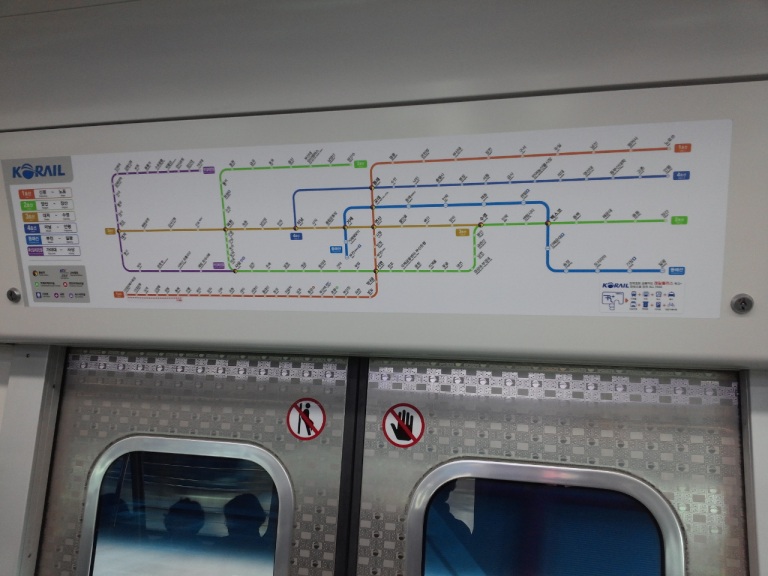
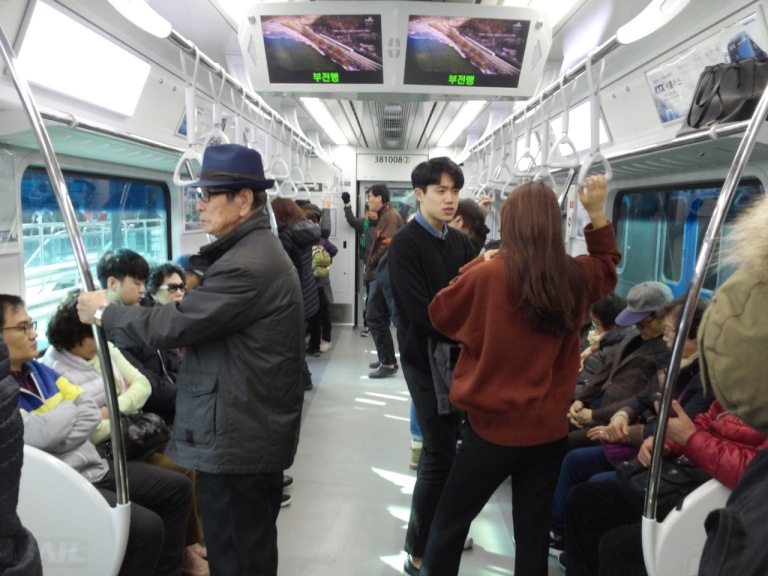
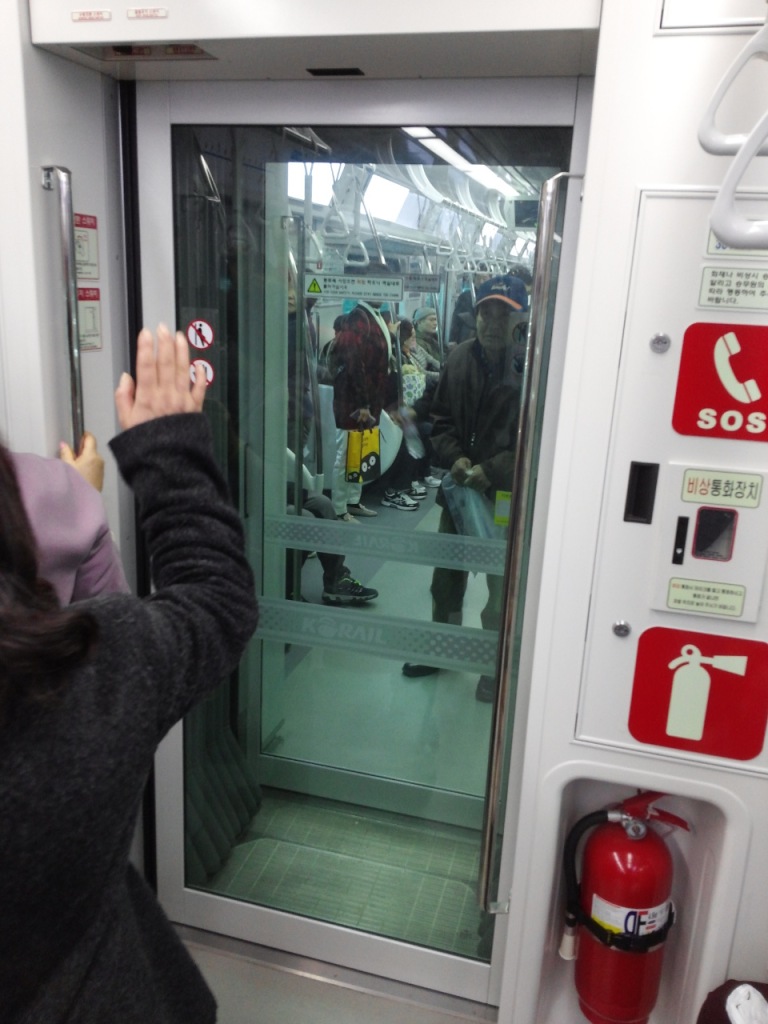

The train is obviously getting used, as can be seen from the included pictures. Lots of people. Of course, the somewhat sparse train schedule could also be playing a part. But, whether I was standing or sitting, I was very comfortable and the ride was very smooth.
My trip took me to Bujeon, which, as mentioned before, is not the same Bujeon as the subway line. But, you can get from one two the other from the street in minutes. I’m not sure if plans are on the table to connect the two underground, as has been done with Geoje, Busan National University of Education and BEXCO. Plans for additional stops past Ilgwang on the other end are in the works, but as all the subway maps are presently being updated to just include up to Ilgwang, I wouldn’t hold my breath for whenever those are to be completed.
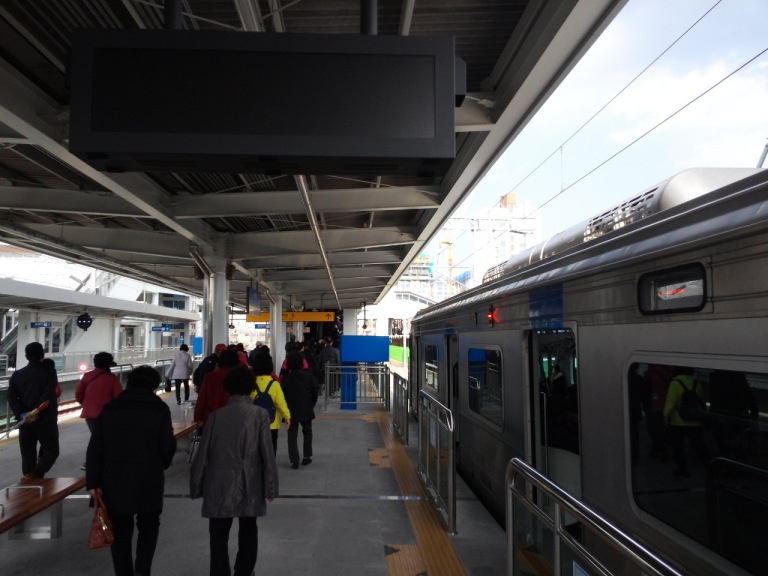
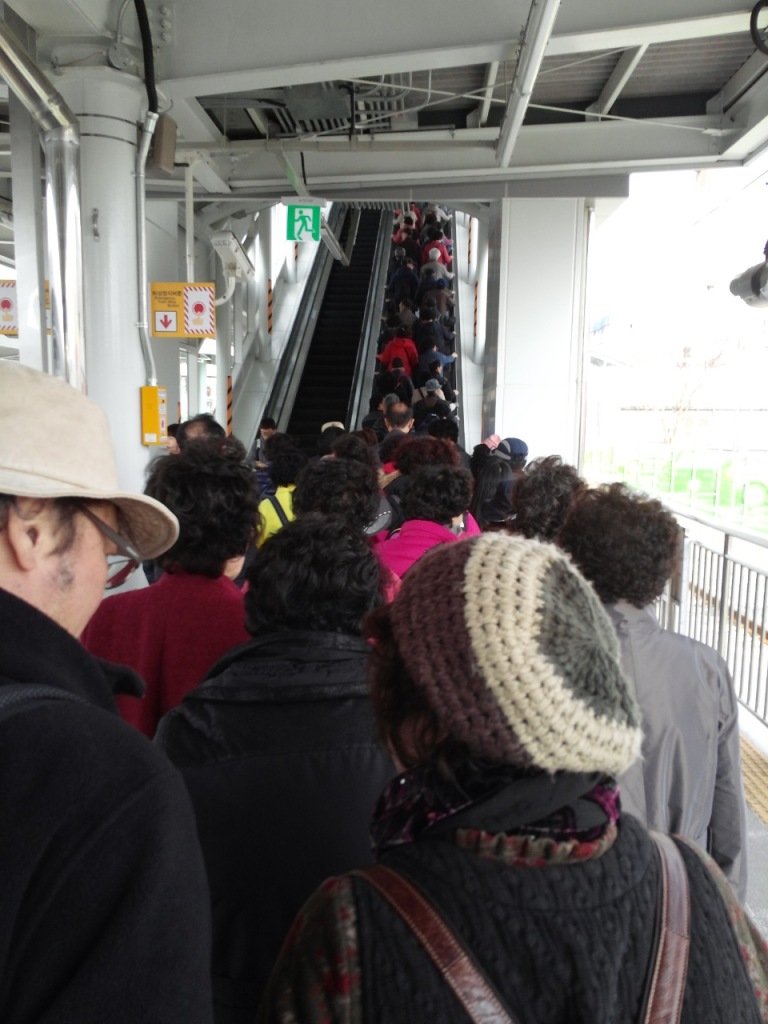
Overall, I enjoyed my brief (about 25 minutes) trip across town on the new Donghae Line. I hope to take a complete trip, from Bujeon to Ilgwang, in the near future and will update accordingly.
So, yes, I guess I do have a bit of an outsized interest in the Busan metro system. At least conceptually. Ultimately, it was just a ride on a train, albeit a comfortable ride. For me, it’s not just about the nuts and bolts of the operation. I never collected trains growing up. I don’t really care about any other metro systems elsewhere.
But, as I have lived in Korea for four years, two of those in Busan and the other two one city over but still served by the same transportation system, the additions of the new lines and stations (such as the six additional stations coming to the end of line 1 in April, which will make accessible by subway a part of the city I lived in when I first arrived in 2013), a very real excitement has existed when something opens up and changes in my current home. Had I visited Busan the first time I was in Korea in 2005, I would have only been served by lines 1 and 2. Now, there are 6, including the Busan-Gimhae Lightrail Transit and the Donghae Line. For me, it represents an evolution, as well as a greater opportunity to explore this still-interesting, curious place called Busan, South Korea.
JPDdoesROK is a former news editor/writer in New Jersey, USA, who served a one-year tour of duty in Dadaepo/Jangnim, Saha-gu, Busan from February 2013 to February 2014. He is now a teacher in Gimhae.


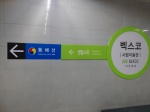
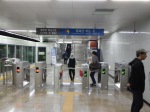

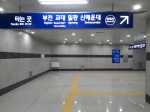
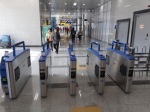
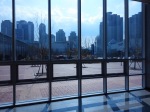
Recent comments